There's, obviously, a lot of stuff you can grow yourself. Weld. Madder. Tomatoes. Your own hair. Kombucha leather, which a designer couple from the US has used to make transparent face masks... you can read more about that here, and the article includes a link to instructions on how you can do it yourself.
It would be a very good thing to have biodegradable, sustainable masks. It would be a very good thing, actually, to have a lot more things biodegradable and sustainable, and maybe that bacteria-grown cellulose is a good solution for it? I can imagine having sheets of that for wrapping stuff as well.
At the moment, all the Covid19-precautions are leading to much more single-use stuff, and much more trash and landfill. Our favourite bakery doesn't accept any customer-brought bags or containers at the moment, so if we buy something there, it's always a paper bag or two. We see thrown-away masks everywhere outside these days. To protect from the virus, single-use cups are much more frequent again... and while the spread of corona is very much at the front of our attention these days (though if you look at some images from holiday places, or at other images, probably not as much anymore as it should be), if we're not acting quickly and decisively enough to stop our climate change, we'll be screwed even more by our planet heating up.
So here we are. Rock. Hard place. I do hope we'll be able to find a way that will let humankind have a future on this planet, because we quite obviously won't be able to find a new one (and a way to get there) quickly enough to save our asses. Seeing how much the common effort to keep everyone safe from the virus is going down, though, after only six months, and even though numbers everywhere are going up again? I somehow doubt it will be done.
It would be a very good thing to have biodegradable, sustainable masks. It would be a very good thing, actually, to have a lot more things biodegradable and sustainable, and maybe that bacteria-grown cellulose is a good solution for it? I can imagine having sheets of that for wrapping stuff as well.
At the moment, all the Covid19-precautions are leading to much more single-use stuff, and much more trash and landfill. Our favourite bakery doesn't accept any customer-brought bags or containers at the moment, so if we buy something there, it's always a paper bag or two. We see thrown-away masks everywhere outside these days. To protect from the virus, single-use cups are much more frequent again... and while the spread of corona is very much at the front of our attention these days (though if you look at some images from holiday places, or at other images, probably not as much anymore as it should be), if we're not acting quickly and decisively enough to stop our climate change, we'll be screwed even more by our planet heating up.
So here we are. Rock. Hard place. I do hope we'll be able to find a way that will let humankind have a future on this planet, because we quite obviously won't be able to find a new one (and a way to get there) quickly enough to save our asses. Seeing how much the common effort to keep everyone safe from the virus is going down, though, after only six months, and even though numbers everywhere are going up again? I somehow doubt it will be done.




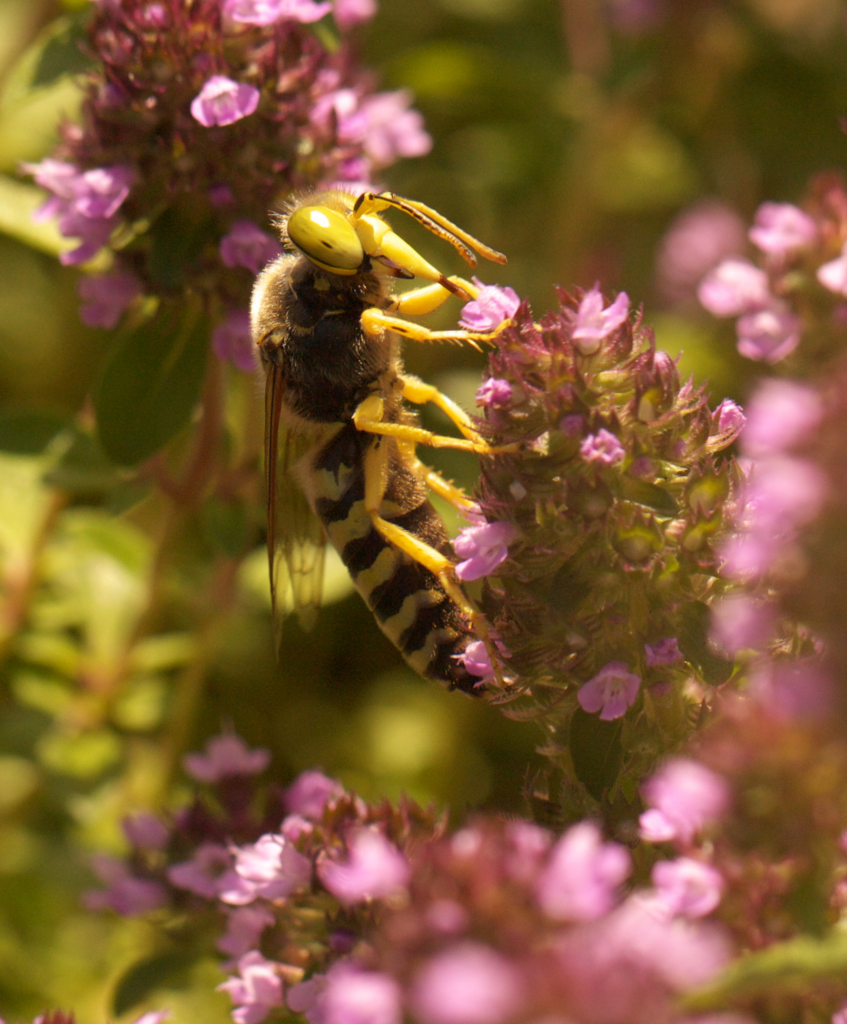 Male Gallische Feldwespe (European Paper Wasp),
Male Gallische Feldwespe (European Paper Wasp), 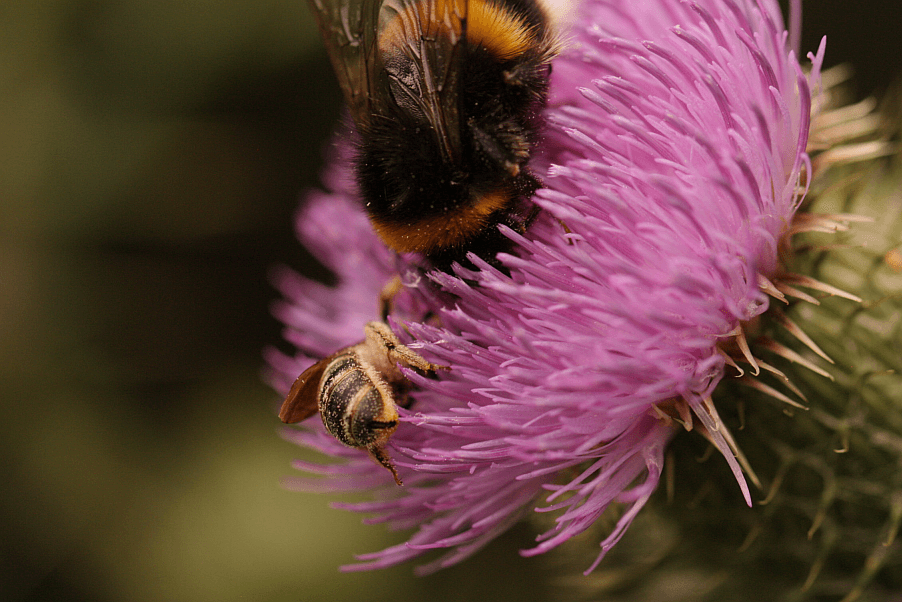 Gelbbindige Furchenbiene,
Gelbbindige Furchenbiene, 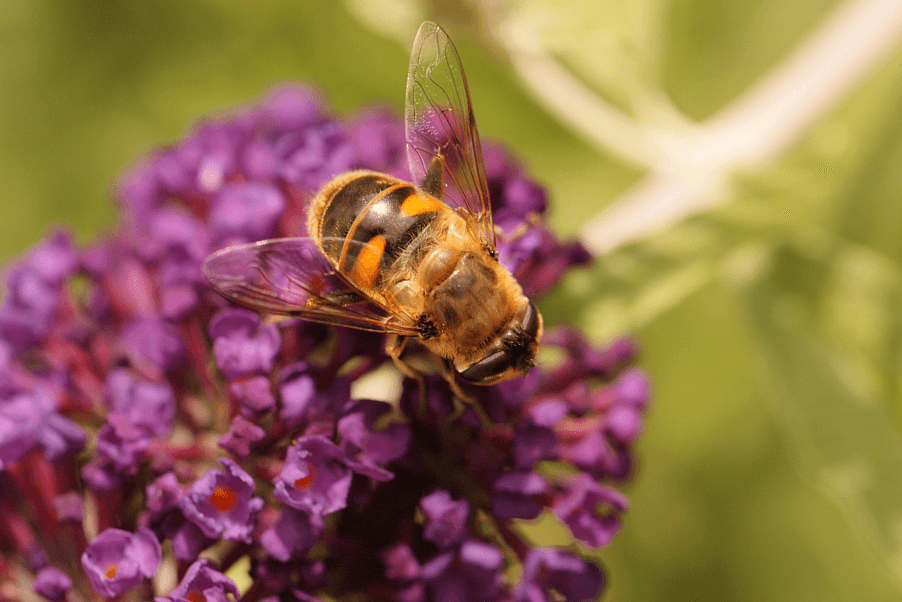 Probably
Probably 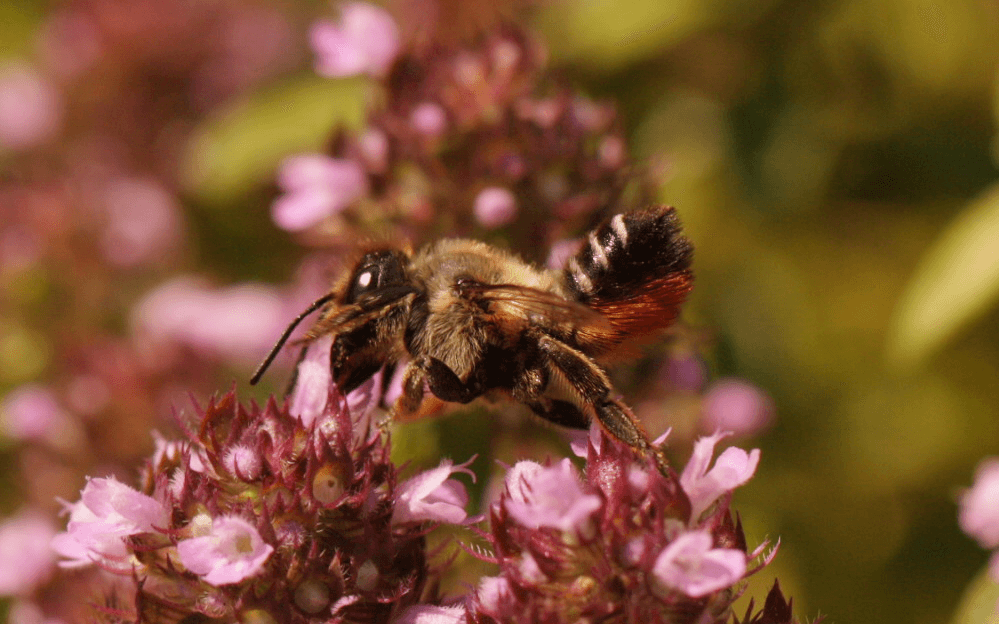
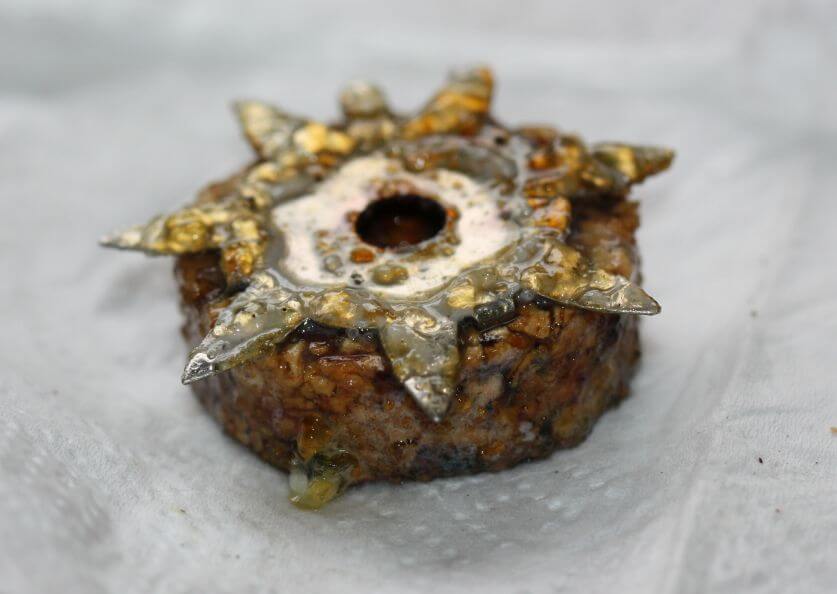
 Bread mix, soaking. As you can see, it's a wild mix of all kinds of different breads... which can be a little surprising sometimes, when there's suddenly some pumpkin seed turning up!
Bread mix, soaking. As you can see, it's a wild mix of all kinds of different breads... which can be a little surprising sometimes, when there's suddenly some pumpkin seed turning up!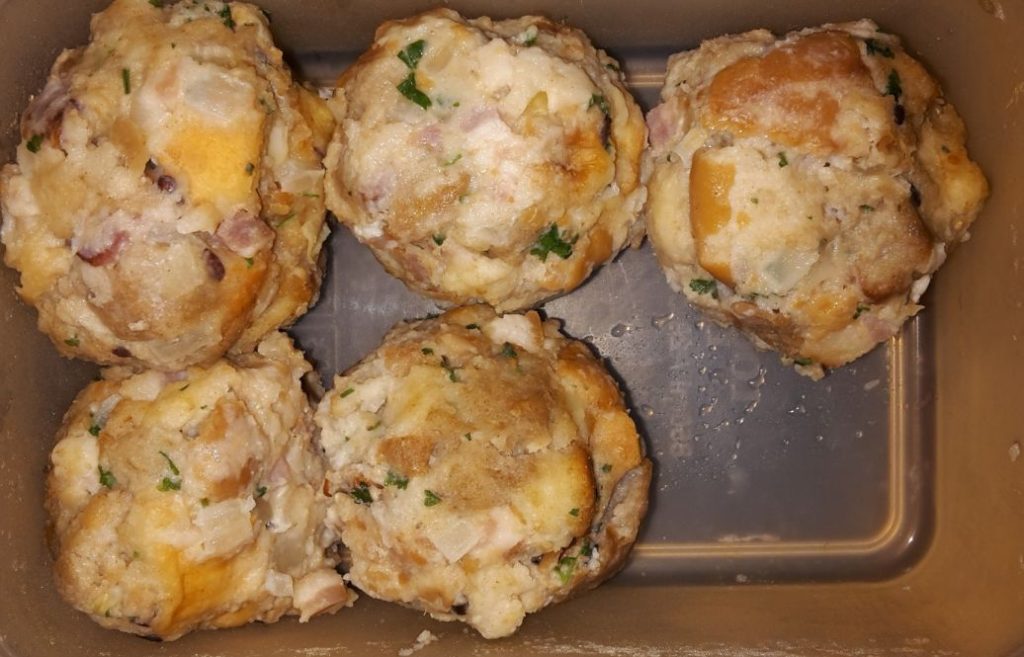 Dumplings!
Dumplings!